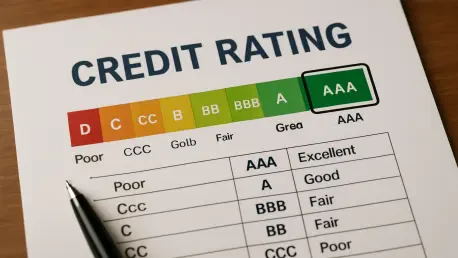Seton Hall University, located in South Orange, has earned a vote of confidence from S&P Global Ratings, which recently affirmed the university’s long-term credit rating with a stable outlook. This endorsement comes as a result of Seton Hall’s impressive enrollment growth and strong market position. As one of the nation’s leading Catholic universities, Seton Hall serves nearly 10,000 students enrolled across 90 diverse majors. Its campuses in Newark, Clifton, and Nutley further expand its reach. S&P attributes the university’s stable outlook to a robust enterprise risk profile, characterized by a steady rise in full-time equivalent enrollment, an impressive rebound in graduate student numbers, and increased selectivity in its admission process. Additionally, despite a significant reliance on student-generated revenue, the university’s financial risk profile remains adequate. This is attributed to its breakeven operating results and healthy liquidity, signaling its ability to effectively manage financial challenges.
Strategic Growth and Financial Resilience
S&P Global Ratings has acknowledged Seton Hall University’s commitment to strategic growth, student success, and sustainability, contributing to its stable financial outlook. The university is not only a significant economic driver, contributing over $1.6 billion annually to New Jersey’s economy and supporting about 10,000 jobs, but it is also a hub for educational advancement. Under President Monsignor Joseph Reilly’s leadership, the institution has intensified efforts to enhance the student experience, promote community engagement, and uphold its Catholic mission. Currently, Seton Hall is ambitiously progressing in its $225 million fundraising campaign, having already secured $172 million. It maintains a reasonable debt service ratio of 3.4% of adjusted expenses and boasts total cash and investments of $433.9 million, indicating strong financial health. Looking ahead, potential improvements in their credit rating could occur if they consistently achieve positive financial results and bolster their resources, aligning them more closely with higher-rated institutions.









